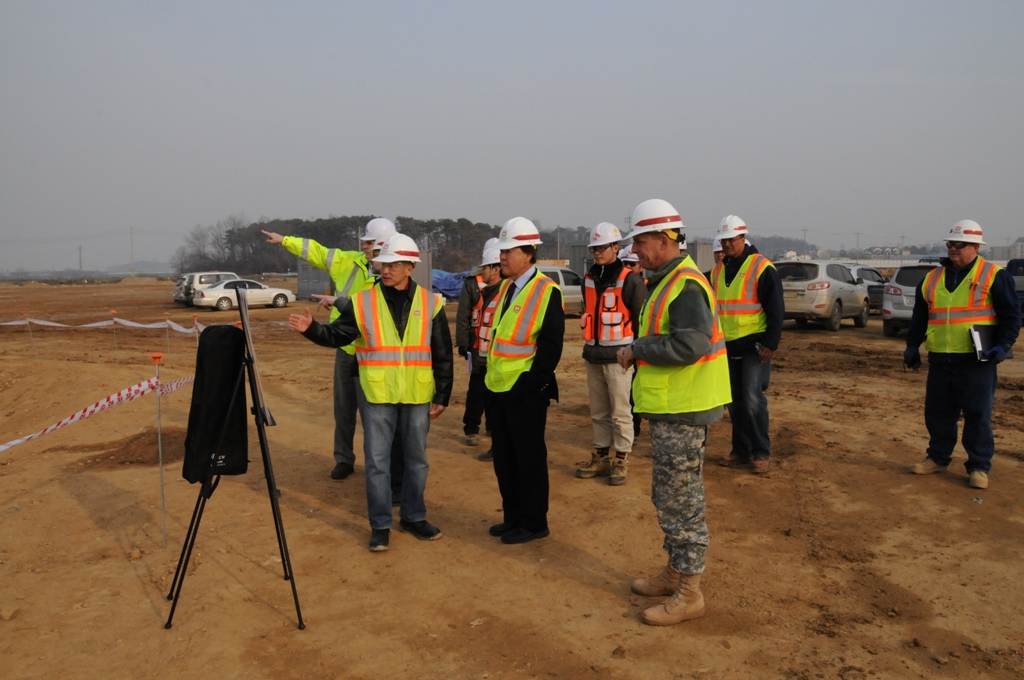
Federal
We help federal clients get the most out of their investment dollars while ensuring projects stay on track to become operational on day one.
CCS is experienced in working with the full suite of federal agencies on significant capital projects, applying our specialized expertise. CCS has worked with virtually every U.S. agency nationally (GSA, DoD, USACE, VA) and internationally on capital projects
We support our clients with technical expertise and functions while assembling the right team for design and construction. We’re experts in validating design and budget forecasting. We have experts with the required certifications to work on projects for the federal government. We help federal clients get the most out of their investment dollars while ensuring projects stay on track to become operational on day one. Over the course of this work, CCS keeps stakeholders informed to demonstrate both ongoing and long-term value.
Highlights
-
CCS’ Federal government work has grown by 600% over the last decade
-
1,600+ Federal projects with an estimated value of over $30 Billion
-
600 projects for the GSA
-
375 projects for the Veteran’s Administration
-
350 Federal office buildings with an estimated value of $9 billion
Our process
CCS is committed to staying current on all the developments and dialogues that are affecting the Federal sector. This is critical so that we raise any issues that may affect a project’s design or cost in a timely manner so that both the Owner & Architect/Engineering teams are able to effectively respond.
Federal sector background & challenges


-
The GSA manages approximately 95.6 million rentable square feet of space in 190 federally-owned buildings, including 70 historic buildings (seven are national landmarks), and 500 leased buildings. In addition, the government owns or leases military bases, shipyards, land ports of entry, energy laboratories, hospitals for vets and more. The current administration seeks to deliver on a rebuilding agenda which includes improving Federal facilities, especially those that serve veterans. The federal government is the largest single consumer of energy in the country, so making its array of buildings carbon-neutral remains its long-term goal.
-
When the government builds today, resilience and climate change are top of mind. The Pentagon has categorized climate change as a threat to national security. President Biden’s executive order sets the ambitious goal of having the government reach net-zero emissions by 2050. Federal agencies also seek buildings that are resilient in the face of natural disasters and extreme weather. The Federal government has the scale to drive a market for efficient and net-zero energy buildings. The government will be keen to apply smart building technology, even artificial intelligence, that can regulate building access, lighting and HVAC, reduce operational budgets and tap into renewable, resilient sources of energy. Security remains a priority for both the built environment and these digitally managed systems.
The GSA manages approximately 95.6 million rentable square feet of space in 190 federally-owned buildings, including 70 historic buildings (seven are national landmarks), and 500 leased buildings. In addition, the government owns or leases military bases, shipyards, land ports of entry, energy laboratories, hospitals for vets and more. The current administration seeks to deliver on a rebuilding agenda which includes improving Federal facilities, especially those that serve veterans. The federal government is the largest single consumer of energy in the country, so making its array of buildings carbon-neutral remains its long-term goal.
When the government builds today, resilience and climate change are top of mind. The Pentagon has categorized climate change as a threat to national security. President Biden’s executive order sets the ambitious goal of having the government reach net-zero emissions by 2050. Federal agencies also seek buildings that are resilient in the face of natural disasters and extreme weather. The Federal government has the scale to drive a market for efficient and net-zero energy buildings. The government will be keen to apply smart building technology, even artificial intelligence, that can regulate building access, lighting and HVAC, reduce operational budgets and tap into renewable, resilient sources of energy. Security remains a priority for both the built environment and these digitally managed systems.


